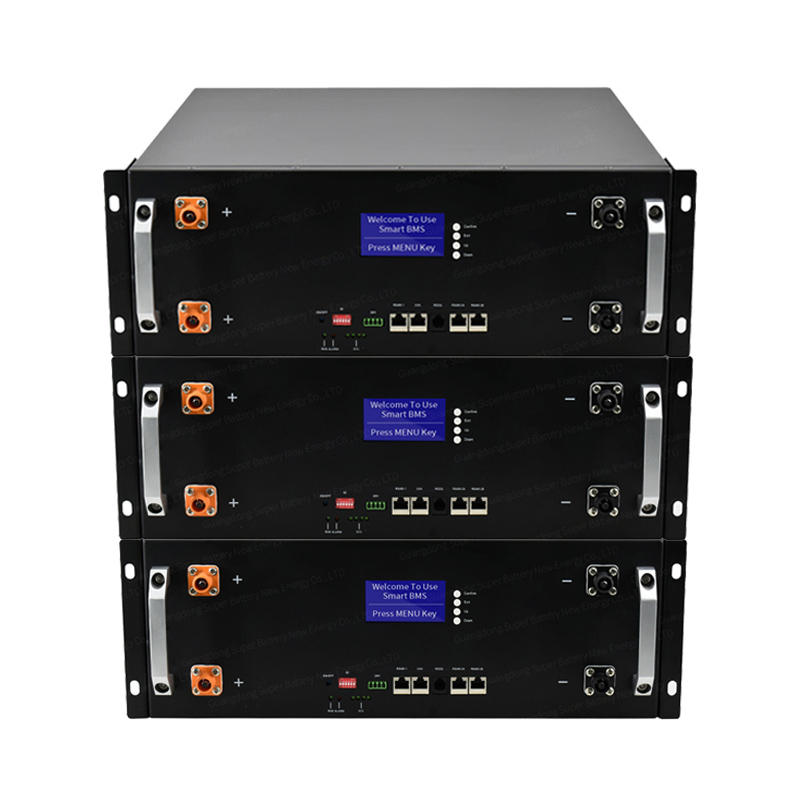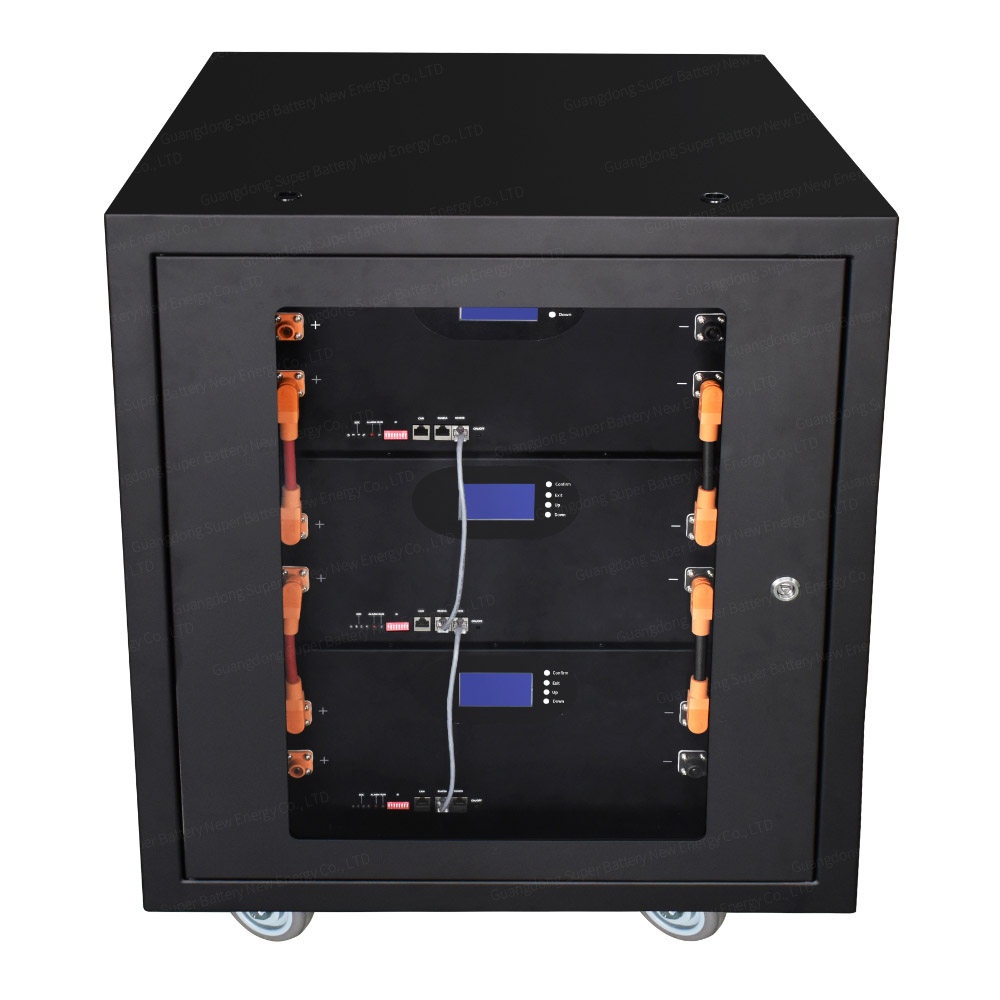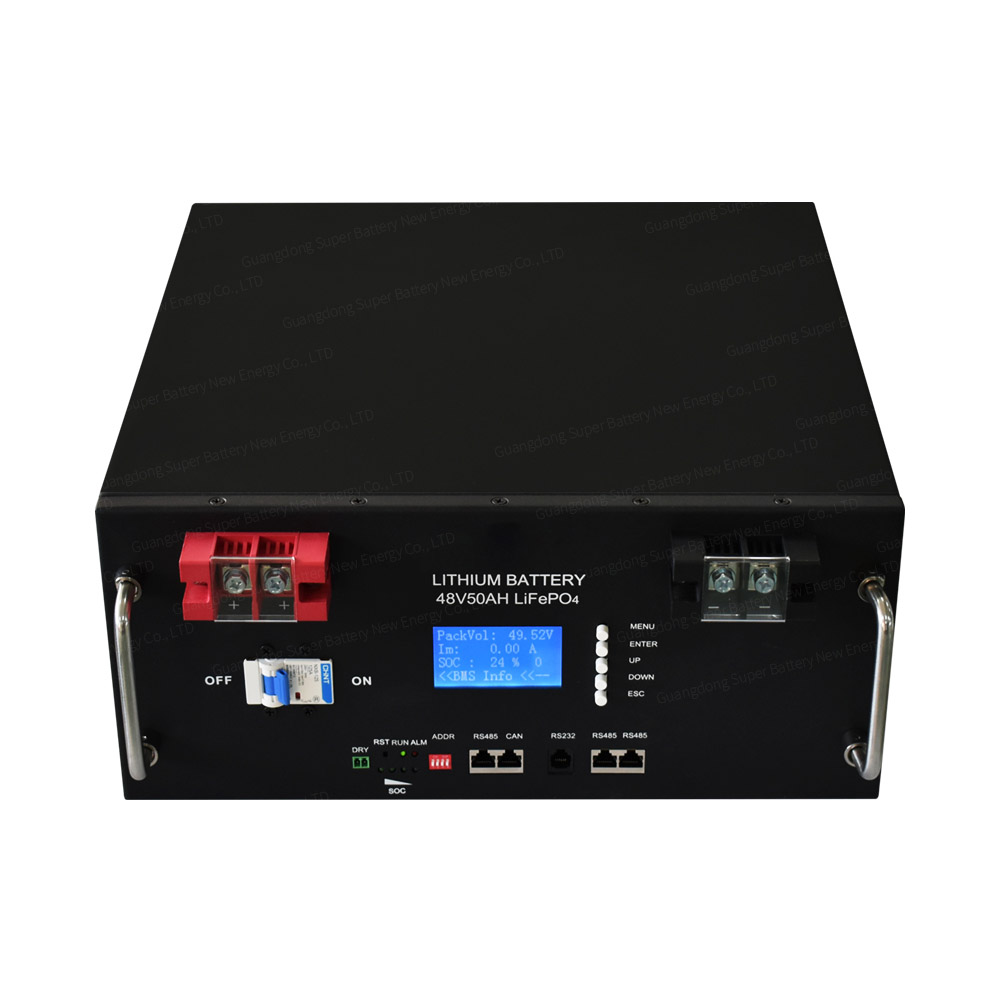Recently, researchers at Stanford University to create a pure lithium-ion batteries, allows electric cars to run 480 km, achieving a lithium-ion battery technology leap.
What is pure lithium batteries?
In the study published in the journal Nature Nanotechnology, we can find the answer.
Lithium-ion batteries on the market today should specifically say "electrolysis of lithium battery", State of simply as electrolyte for lithium (lithium-ion) are present. This battery has three major components, namely: electrolyte provides electronic, accepted a discharge in anode and cathode, respectively.
According to Professor Yi Cui of Stanford University's materials science and Engineering Department explains, can all be used for anode materials of lithium is undoubtedly the most promising, some people call it the "Holy Grail" because lithium has inherent advantages--light weight, small size and high efficiency.
Yi Cui-Professor, Department of materials science and engineering at Stanford University, head of the research team
But scientists years to finally put the "Holy Grail" into reality. Stanford team to solve this very difficult scientific problem, realized placing the lithium anode.
The "Holy Grail"-luxury experience
In this recent technological breakthroughs in the Stanford research team said they used nanotechnology to create a pure lithium batteries.
United States Energy Secretary Steven Chu (Steven Chu) is one of the members of the research team.
"If we can will power density increased to three times times, while put cost reduced one-fourth, this will is exciting of results," Chu said, "we will has three times times Yu existing battery range capacity of phone, and single times charging driving mileage over 300 miles, and price only 25,000 dollars of pure electric--key is driving took experience than each gallons fuel mileage 40 Michael (mpg) of car more rod. ”
"Holy Grail" of technological breakthroughs
Anode material, usually silicon and graphite, reacts during the charging process will "eat" the electronic and lithium reactions are generally more severe, would eat more electronic, thermal expansion is not uniform.
In addition, the anode and electrolyte contacts will release a lot of heat and chemical reactions between lithium anode and electrolyte electrolyte consumption and shorten battery life.
To overcome three obstacles, Stanford researchers designed and built a honeycomb micro-isolation layers – called "nanoparticles"--so that we can create a flexible insensitive film, participate in the reaction of lithium to avoid instability.
(Editor:SIPANI Battery/kuang)

 SIPANI Powerwall Home Battery Lifepo4 Lithium Battery 48v 200ah 51.2v 100ah Power Wall 5kwh 6kwh 7kwh 9kw 10kwh
SIPANI Powerwall Home Battery Lifepo4 Lithium Battery 48v 200ah 51.2v 100ah Power Wall 5kwh 6kwh 7kwh 9kw 10kwh 48v 50ah 100ah 150ah 200ah 250a 300ah Lithium Battery Cabinet Rack Mount Battery Solar Storage System Lifepo4 Battery 5kwh 10kwh
48v 50ah 100ah 150ah 200ah 250a 300ah Lithium Battery Cabinet Rack Mount Battery Solar Storage System Lifepo4 Battery 5kwh 10kwh SIPANI 30kw 20kw Lithium Ion Battery Cabinet 10kwh 48v 200ah Lithium Battery Pack 300ah 400ah 500ah 600ah Solar Lifepo4 Battery
SIPANI 30kw 20kw Lithium Ion Battery Cabinet 10kwh 48v 200ah Lithium Battery Pack 300ah 400ah 500ah 600ah Solar Lifepo4 Battery SIPANI Server Rack Lifepo4 Battery 24v 48v 50ah 100ah 200ah 2.5kwh 5kwh 10kwh Rack Mounted Lithium Ion Battery For Off-grid
SIPANI Server Rack Lifepo4 Battery 24v 48v 50ah 100ah 200ah 2.5kwh 5kwh 10kwh Rack Mounted Lithium Ion Battery For Off-grid SIPANI Lithium Ion Solar Battery 10kwh 48V 150ah 200ah Server Rack Lifepo4 Battery Pack 51.2V 5kwh 7kwh 10kwh 15kwh 20kwh 30kwh
SIPANI Lithium Ion Solar Battery 10kwh 48V 150ah 200ah Server Rack Lifepo4 Battery Pack 51.2V 5kwh 7kwh 10kwh 15kwh 20kwh 30kwh High Voltage Lifepo4 Battery 96v 200ah Lithium Battery Pack For 96v 10kw 15kw 20kw 30kw Solar Home System Electric Car
High Voltage Lifepo4 Battery 96v 200ah Lithium Battery Pack For 96v 10kw 15kw 20kw 30kw Solar Home System Electric Car




